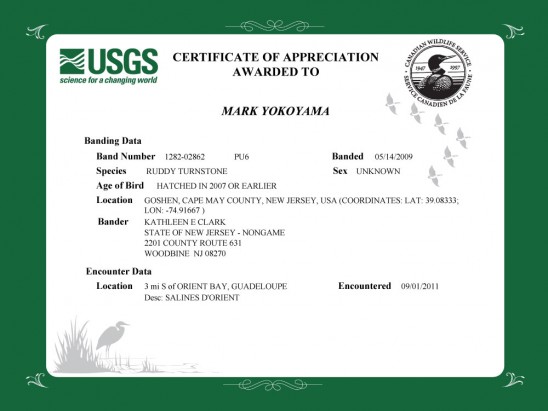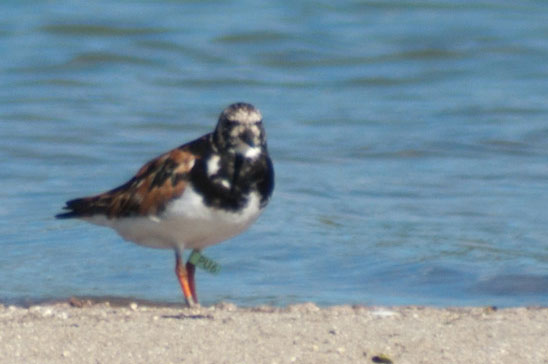Even a short walk around the Grand Case area can be full of little mysteries. Or, at least, a few things that are interesting to ponder. Here are a few things I wondered about yesterday.
Étang de Cimetiere, at the southwest end of Grand Case, is a popular nesting area for many egrets. In particular, there is one mangrove surrounded entirely by water that is the most popular. (You can see it during nesting season here.) You can see a current photo below, and it is pretty amazing how defoliated this tree is in comparison to those on the shore. It’s easy to understand that a nest surrounded by water is going to be safer for eggs and chicks, but are nesting aggregations normally this extreme? Also, how long can the tree withstand this disturbance, and if it dies, where will the egrets nest? It is interesting to note that cattle egrets, which are now probably the most common egret on the island, are actually an old world species that came here on its own. They first became established in South America in the 1930s, and expanded from there. So, they’re actually fairly new here and perhaps it wouldn’t be that surprising if they’re more than a mangrove can handle.
I am also intrigued by Étang de Grand Case, which is somewhat different from most of the other ponds on the island. On the south side of the pond there’s a large grassy wetland area. It is pretty much like the typical temperate wetland one would find in the US, but unlike the mangrove wetlands that are the primary type seen in tropical areas. In this area, you can see various grasses and succulents that are adapted to wetland conditions. It makes me wonder if this is a naturally occurring habitat, or if it is there because mangroves were cleared from the area at some point. There are some similar areas surrounding the airport pond in Grand Case and near the lagoon, so it is also possible that this exists here naturally. Perhaps there were more areas like this that are gone now because they’re easier to clear and develop than mangroves.
Then, of course, there are the frogs. When walking around Étang de Grand Case, I found two dead frogs, both several times larger than any frog I’ve seen on the island. They have the toe-pads of a tree frog, so my best guess is that they are Cuban tree frogs, which are large and are on the island. If that’s true, then every other Cuban tree frog I’ve seen has been relatively small. Regardless of the species, though, why were they dead? It’s well known that amphibians are vulnerable to pollution because their skin is permeable, so perhaps that’s the case. I suppose they could have also been killed by a bird that was big enough to kill them but too small to swallow them. There are many possibilities, but for now it is a mystery.
The photos below include the things mentioned above, as well as immature common moorhens, an American coot with its chicks, a great blue heron, a Caribbean leatherleaf slug, a spitting spider with its egg sac and a really pretty wolf spider.










































































































